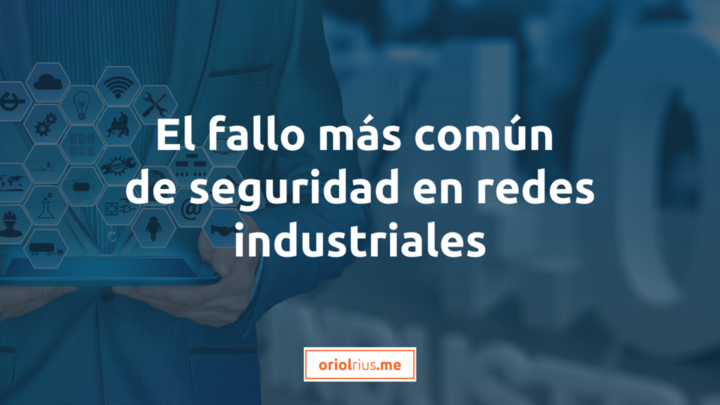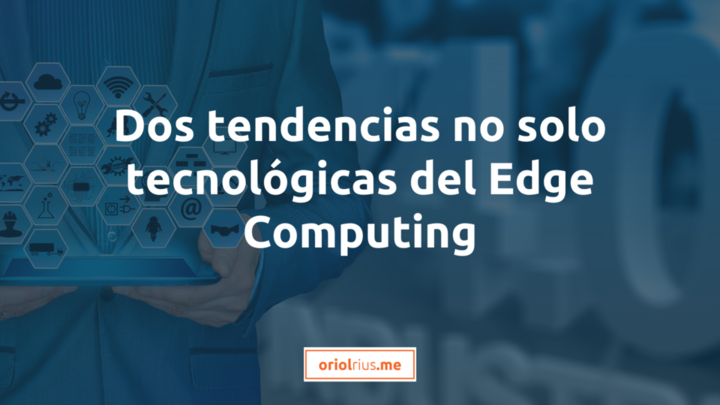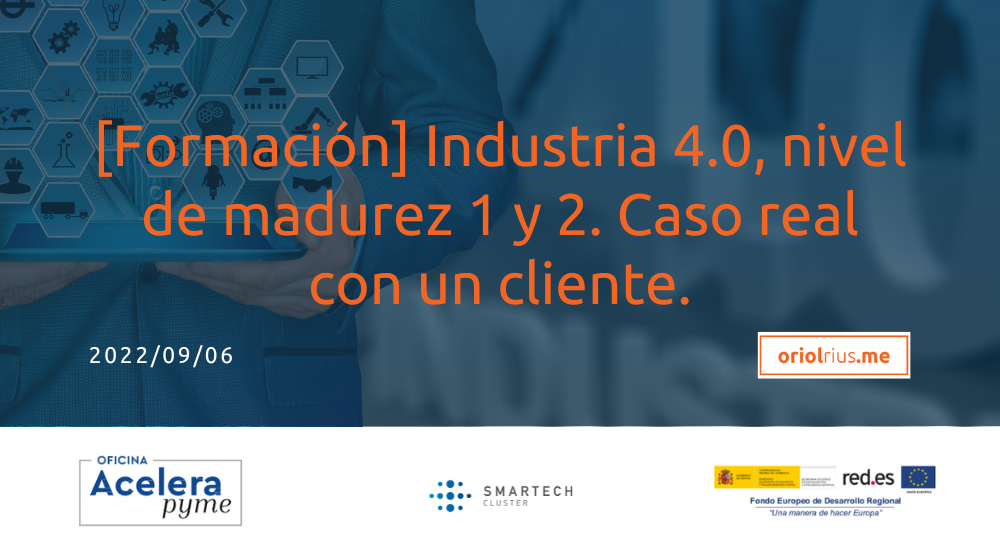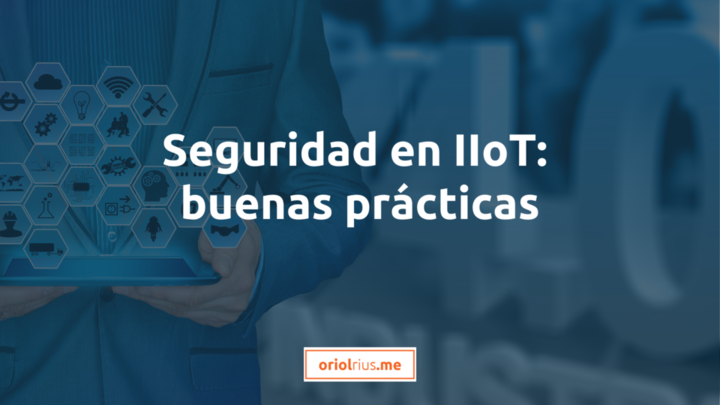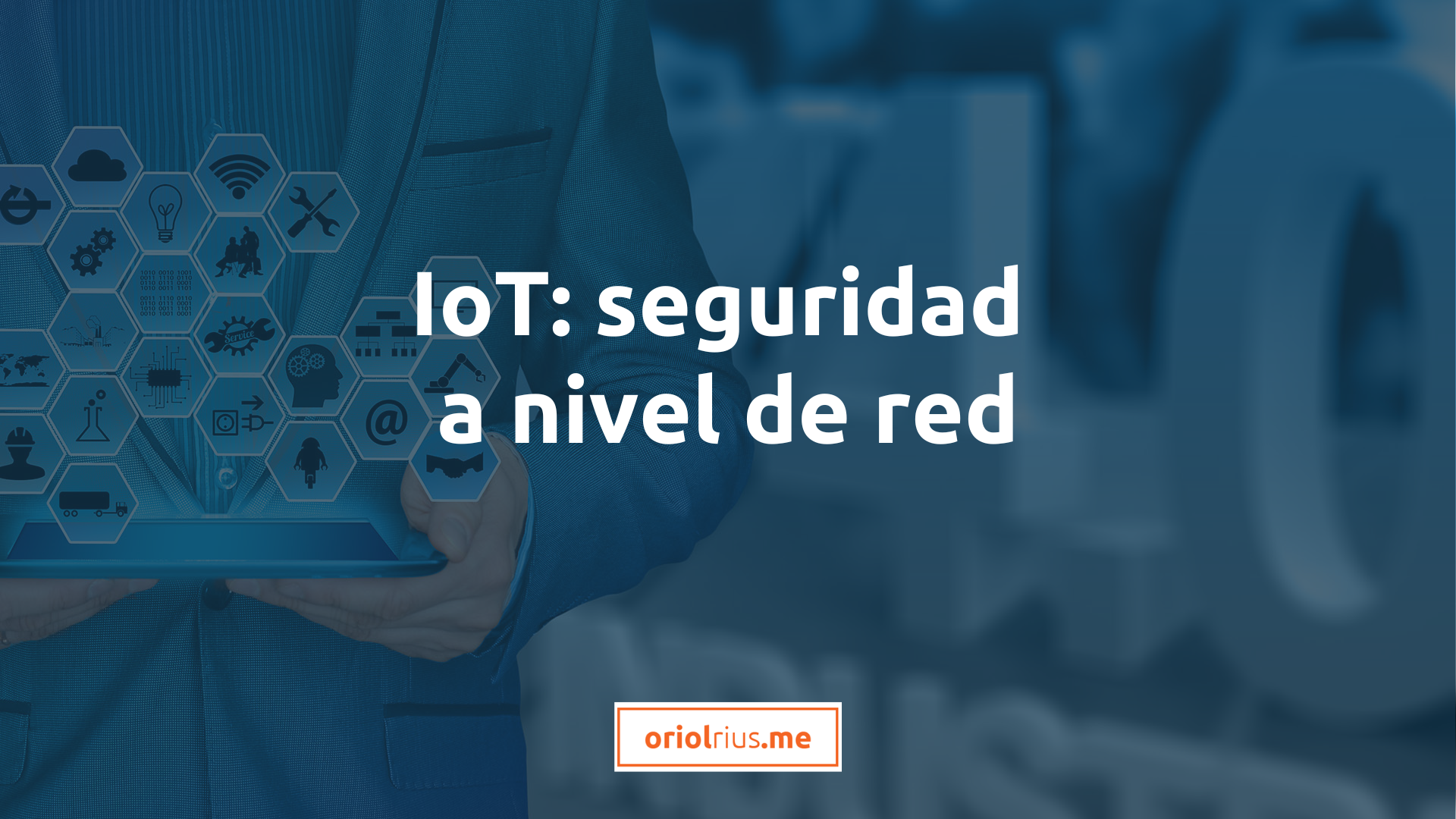The most common security flaw in industrial networks
When it comes to factory safety, there are some basics that are familiar to most of us.But today I am still very surprised by one particular security flaw that I come across very often. Want to know what it’s all about? Press play!

